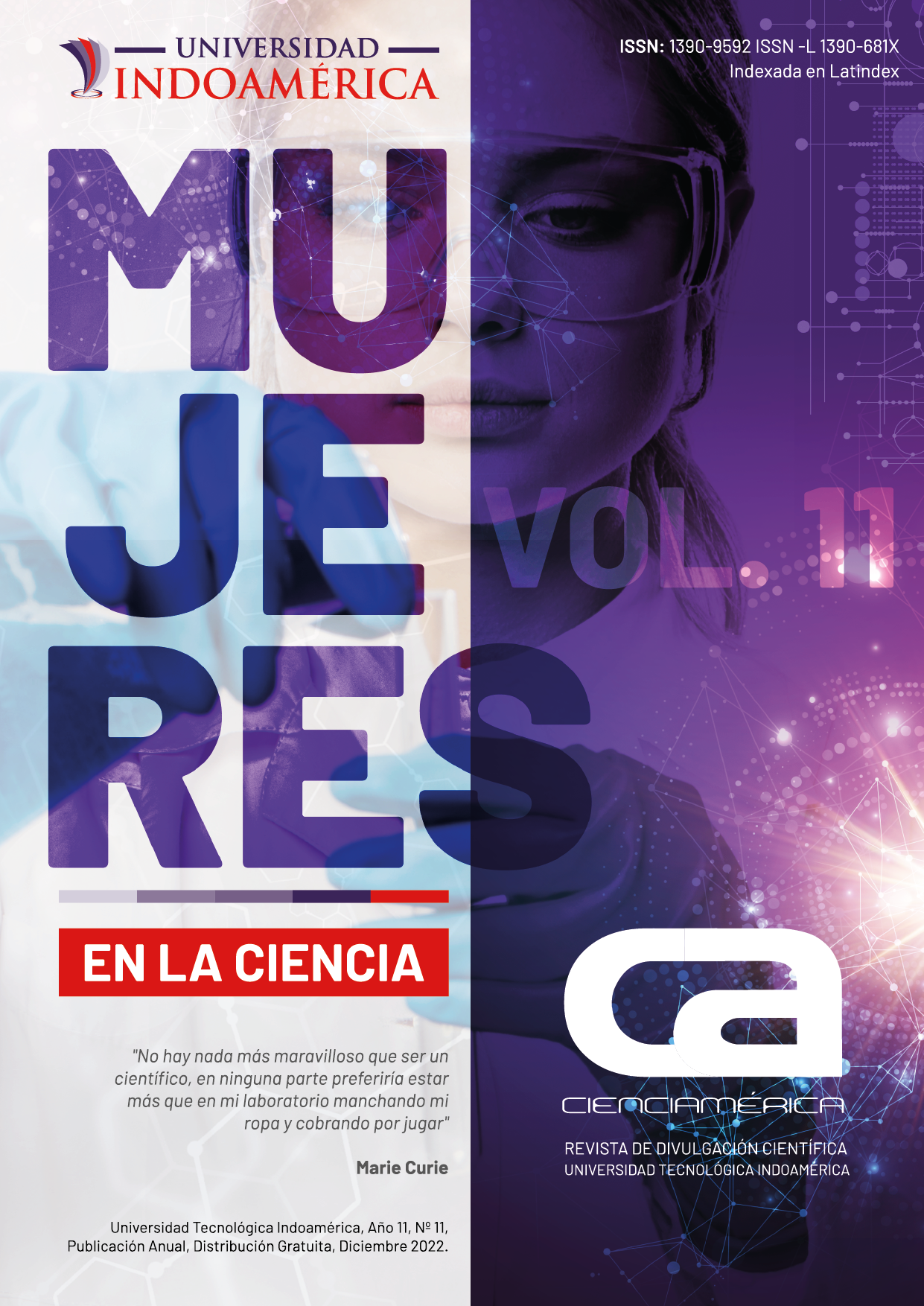Vicarious violence in the context of Gender Based Violence: a descriptive study in Iberoamerica
##plugins.themes.bootstrap3.article.main##
Abstract
INTRODUCTION. Gender violence is a risk factor for the appearance of other types of violence, such as vicarious and institutional violence. Exposure to these types of violence generates harmful consequences for both children and their mothers. Therefore, it is relevant to understand the phenomenon in depth. OBJECTIVE. Describe the perceptions of mothers regarding their experiences and those of their children who are victims of vicarious violence in the context of gender violence, and determine the relationship between gender violence, vicarious violence, and institutional violence. METHOD. The design of this study was exploratory sequential. The quantitative phase was exploratory, non-probabilistic, and the qualitative phase was descriptive. RESULTS. There is a statistically significant relationship between the three investigated types of violence. Seven different types of vicarious violence were detected. Externalizing, internalizing, somatic and sexual symptoms were observed in children and adolescents due to exposure to Vicarious Violence. The institutional practices provided by the State are perceived as ineffective and revictimizing. DISCUSSION AND CONCLUSIONS. vicarious violence occurs in conjunction with gender violence and institutional violence, being a complex and indivisible phenomenon. Children and adolescents are victims of violence just like their mothers; the State is perceived as an abusive entity, which facilitates the chronification of the violence by the aggressor.
##plugins.themes.bootstrap3.article.details##

This work is licensed under a Creative Commons Attribution 4.0 International License.
The articles are licensed under a Creative Commons CC BY 4.0 open access licence, which means that anyone can download and read the article free of charge. In addition, the article may be reused and cited as long as the original published version is cited. These conditions allow for maximum use and exposure of the work, while ensuring that the authors receive proper credit.
- Esta obra está bajo una
Licencia Creative Commons Atribución 4.0 Internacional
- .


 http://orcid.org/0000-0002-0319-6163
http://orcid.org/0000-0002-0319-6163
